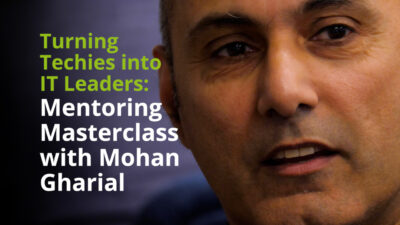When Does Your CFO Need a Fractional IT Leader?
The CFO usually has two core roles: overseeing the financial strategy of the business and operating the finance function. In...
Read moreThe CFO usually has two core roles: overseeing the financial strategy of the business and operating the finance function. In...
Read moreMany IT managers are talented, passionate, and hardworking, but they struggle to assume a real leadership role in a business....
Read moreHow do you get to the top spot in technology? And how do you stay there? Freeman Clarke’s ‘The Curious...
Read moreCOVID drove people out of the office. Now other external pressures are driving them back. And none of these external...
Read moreAt the beginning of 2021, CIO.co.uk outlined what they believed would be this year's top eight challenges for IT leaders:...
Read moreFACT: The CIO/CTO position is the only Board position where the necessary knowledge and skills need constant updating. Just like...
Read moreDuring COVID and the associated lockdowns, most business interactions were restricted to a few square inches of real-estate on someone's...
Read moreWe’re often approached by ambitious mid-market CEOs looking to transform their business with IT and technology. The question of how...
Read moreWhat happens when you hire a Freeman Clarke IT leader, or "principal?" How do we actually work with our mid-market...
Read morePlain English board-level briefings focused on technology strategies to deliver competitive advantage and business success.
You can unsubscribe at any time.
Call us on 0203 020 1864 with any questions.
Graeme Freeman
Co-Founder and Director
Plain English board-level briefings focused on technology strategies to deliver competitive advantage and business success.
You can unsubscribe at any time.
Call us on 0203 020 1864 with any questions.








